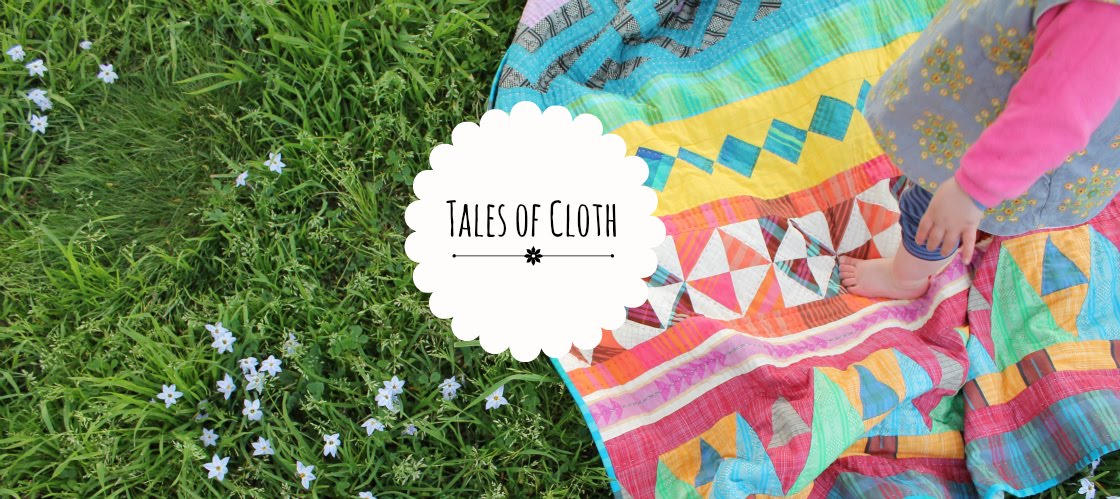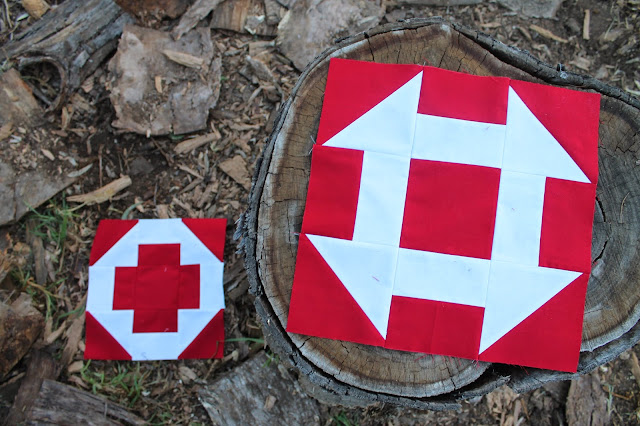The Rose! It's such a long time, significant cultural symbol. We can quote references from Shakespeare and the Bible, we've associated it with passion and romance since the Ancient Greeks, we've used it to represent states and nations, revolution and peace, football and space programs. So it's little wonder it became a popular motif for applique and patchwork as early as the 1800s. In Barbara Brackman's Encyclopedia of Pieced Quilt Patterns, there are nearly 30 blocks with the name Rose in it, and that doesn't include applique!
This block was first published in the Ladies Art Company Catalogue #17 in the 1920s, the only edition of which I couldn't find a copy online! But I did find this collection of the quilt pattern catalogues up to #16. It's so fun to see them set out like they were. Just send 10c in an envelope to the address, and receive the full pattern. I wonder how many just figured it out themselves from the catalogue? That's what I would have done!
Today on my Google adventure, I clicked on a link to a brief bio of Rose Kennedy, mother to the Kennedy boys, and social and political extraordinaire. She lived to 104 (!) through an incredible century of wars, depression, wealth, and change. And at her funeral, her son Ted said this,
"She
sustained us in the saddest times—by her faith in God, which was the
greatest gift she gave us—and by the strength of her character, which
was a combination of the sweetest gentleness and the most tempered
steel."
Gentleness and strength, passion and peace, they are the things I'll be reminded of this week when I look at my Rosebud in it's place on the design wall.
I had a real win with quilt maths this week! I'm understanding more, as I make these blocks, what's required for seam allowances, and how to break a block down. I spent so much time enjoying this block coming together (look at me! I can do triangles in triangles!), that I fell completely short taking photos. Sorry! You can't hit all the goals at once, apparently.
ROSEBUD 12" BLOCK TUTORIAL
You will need:
Red: Two 7" squares cut in half diagonally, two 3" squares cut in half diagonally, two 4.5" squares.
White: Two 5" squares cut in half diagonally, two 4.5" squares.
1. Sew each of the red 4.5" squares to each of the white 4.5" squares, around each edge.
2. Cut in half diagonally, and in half again. Press seams open or towards the red and trim to 2.5".
3. Lay out your pieces as below. It will help you keep in mind which side of which triangle to sew. A simple rule is that the long sides of each triangle face the middle of each bud.
4. Sew your trimmed 2.5" HST next to each other for each bud.
5. Sew the white triangle to this piece, first lining up the straight edges together as below. In the picture below, you'll sew your seam across the top.
6. Next, attach your small red triangle to complete that bud. Start by lining up the straight edges together, then stitching along the top.
7. Sew this triangle made of triangles (woohoo!) to the red half square triangle to make a 6.5" square. Check its size. Trim to 6.5" if you need to.
8. Lay your squares back out again as above. Sew them together by two, then those two together to complete your block.
It's a sweet flower, don't you think? Doing this series is giving me such an appreciation for these everyday things represented in squares and triangles. The modern version on foundation paper piecing is admirable, and often amazing, but the simplicity of these blocks are so striking and timeless, don't you agree?



















































